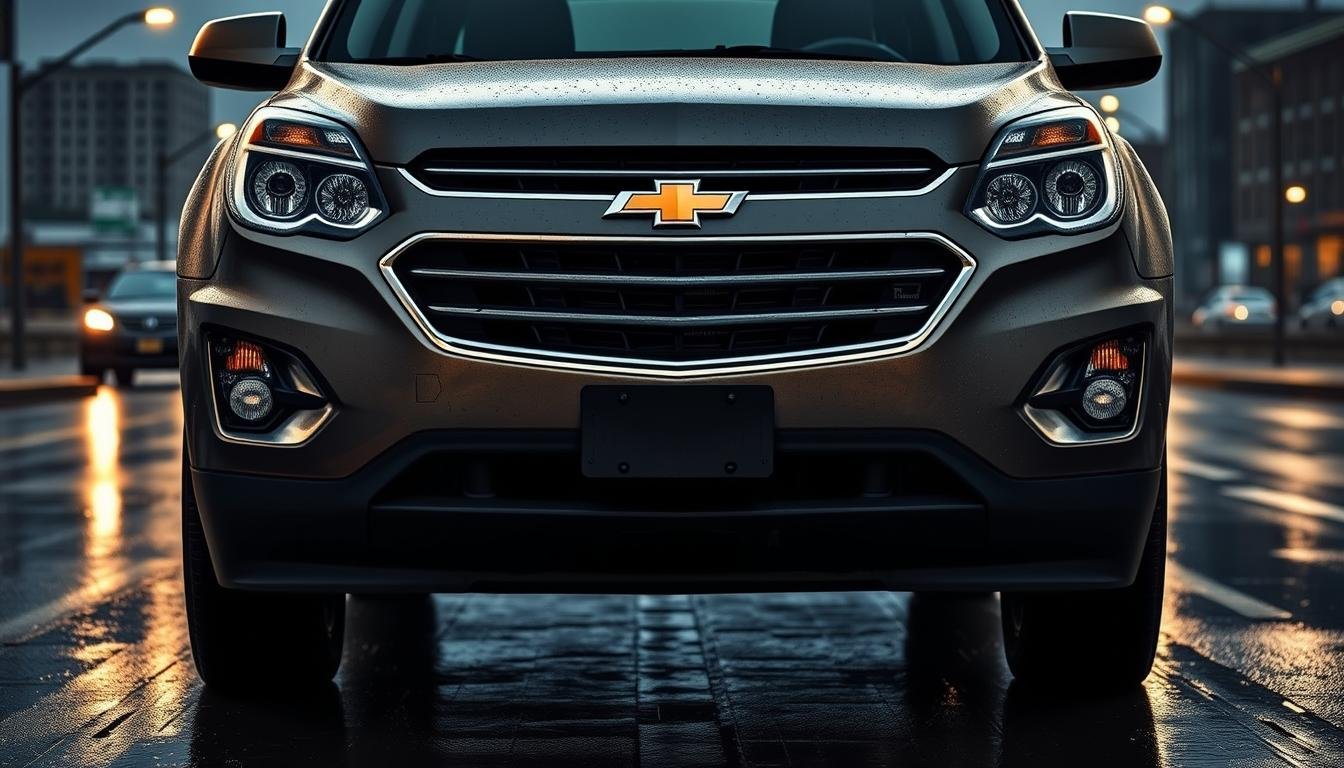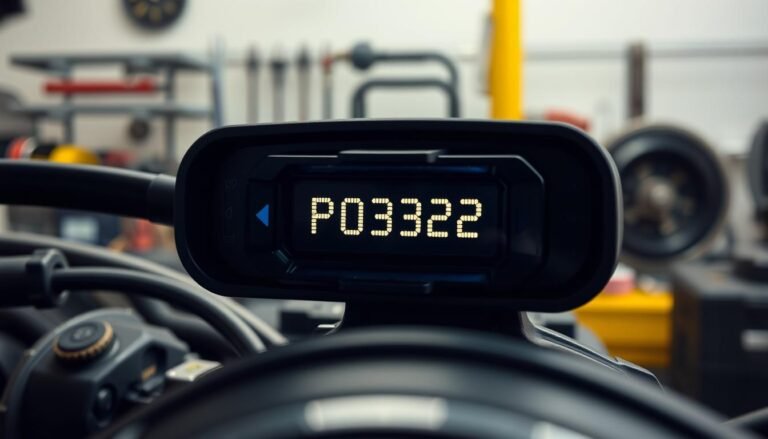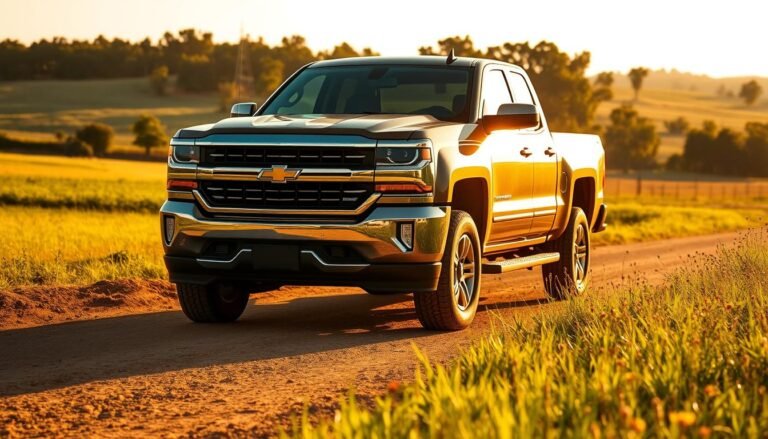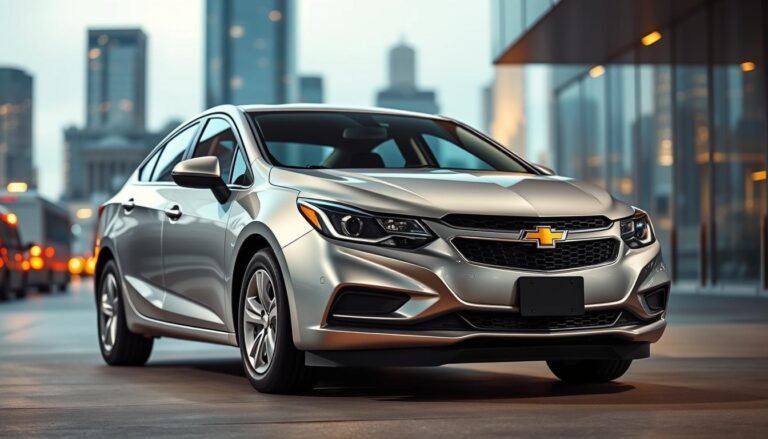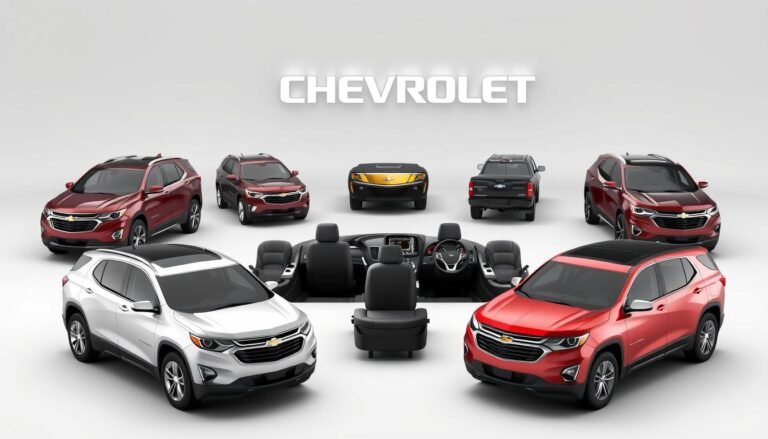Chevy Equinox Years To Avoid | Buyer’s Guide
When looking for a Chevy Equinox years to avoid models from 2005 to 2007 and 2010 to 2013. Knowing the problems with these Chevrolet Equinox model years is key to a good choice.
This guide aims to explain the troubles and features of those years to help you decide. Since 2005, the Chevy Equinox has been a top pick for a compact crossover SUV.
However, not all model years are reliable. Many owners have faced engine issues in models from the second generation.
These problems could end up costing a lot in repairs. In this detailed guide, we’ll look at each generation’s features and issues.
You’ll learn which Chevy Equinox years to dodge. With this knowledge, you can confidently find a dependable vehicle that fits your budget.
Introduction To The Chevy Equinox
The Chevy Equinox was introduced in 2005, becoming a big player in the compact SUV market.
It was made with families and everyday driving in mind, becoming known for its roomy inside, smooth ride, and simple design.
Moving to a unibody construction was a big step forward, improving its stability and driving feel.
This change helped set new standards for Chevy’s SUVs, making the Equinox a good choice for many drivers.
When looking into the Chevy Equinox, knowing its history and the problems it faced is crucial.
The first models, from 2005 to 2009, set the stage but also had their share of issues.
During its second generation, from 2010 to 2017, the Equinox faced serious engine problems in some models. This led to a focus on making sure it was reliable.
Learning about the history of the Chevy Equinox can help you in the used car market. It’s good to know about its strong points and issues.
This way, you can pick a model that meets your needs and lives up to your expectations.
Overview of Chevy Equinox Generations
Since 2005, the Chevy Equinox has seen big changes across three generations. The first generation (2005-2009) worked hard to make its mark in the compact SUV scene.
However, it wasn’t smooth sailing. It had its ups and downs, like poor crash test scores and engine issues that could cost up to $700 to fix.
The big news in 2007 was a recall due to problems with the passenger airbag sensors.
Next came the second generation (2010-2017), with goals to be more fuel-efficient and tech-savvy. But, it faced its own problems.
There were many reports of poor gas mileage and engines that guzzled oil, leading to breakdowns and high repair bills.
Yet, the 2017 model saw a huge turnaround, earning a top reliability score from Consumer Reports.
Now, we’re in the third generation (2018-present). It’s all about sleek design and strong performance.
Safety and reliability are now front and center, showing Chevy has learned from past missteps.
The story of the Equinox’s evolution offers valuable insights for anyone thinking about buying a used one.
It proves how important it is to know the history of the model’s generations.
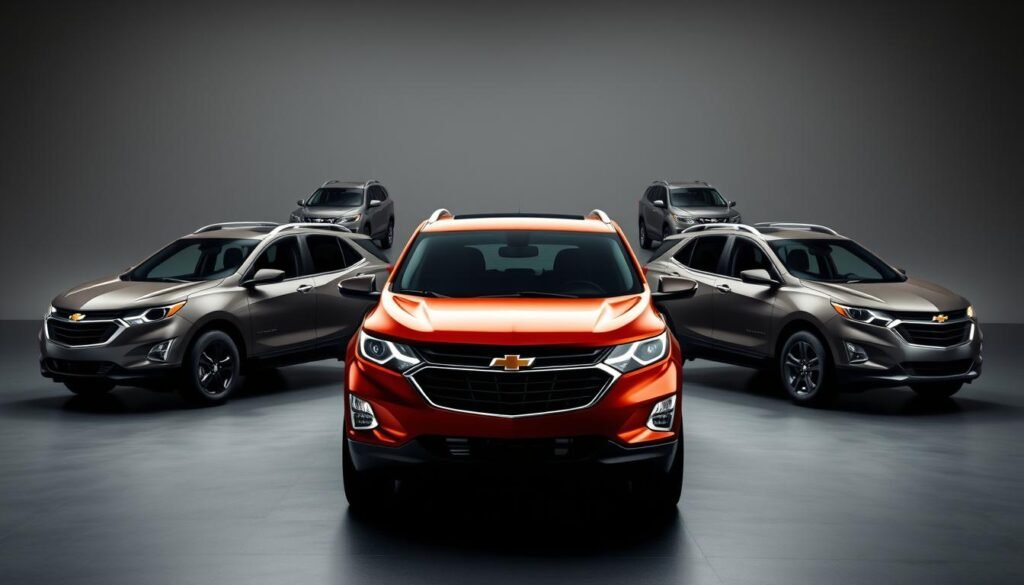
Key Features of The Chevy Equinox
The Chevy Equinox is a standout in the SUV market because of its roomy interior and adaptable design.
It seats up to five people comfortably and has about 29.9 cubic feet of space for cargo behind the rear seats.
By folding the second-row seats, you get up to 63.5 cubic feet of space, perfect for every day and weekend trips.
For those who love tech, the modern Chevy Equinox is appealing. The 2025 model has an 11.3-inch infotainment screen, 30% larger than before.
It works with Apple CarPlay and Android Auto, making it easy to use your smartphone on the road. Safety is key in the Chevy Equinox.
It comes with Chevy Safety Assist, a set of six advanced safety features. This includes Automatic Emergency Braking and Lane Keep Assist, making driving safer for everyone.
The LT trim has 17-inch wheels standard, and the RS trim introduces 20-inch wheels for the first time.
The RS trim also features special interior touches, like Torch Red stitching, and a heated steering wheel for that extra personal touch.
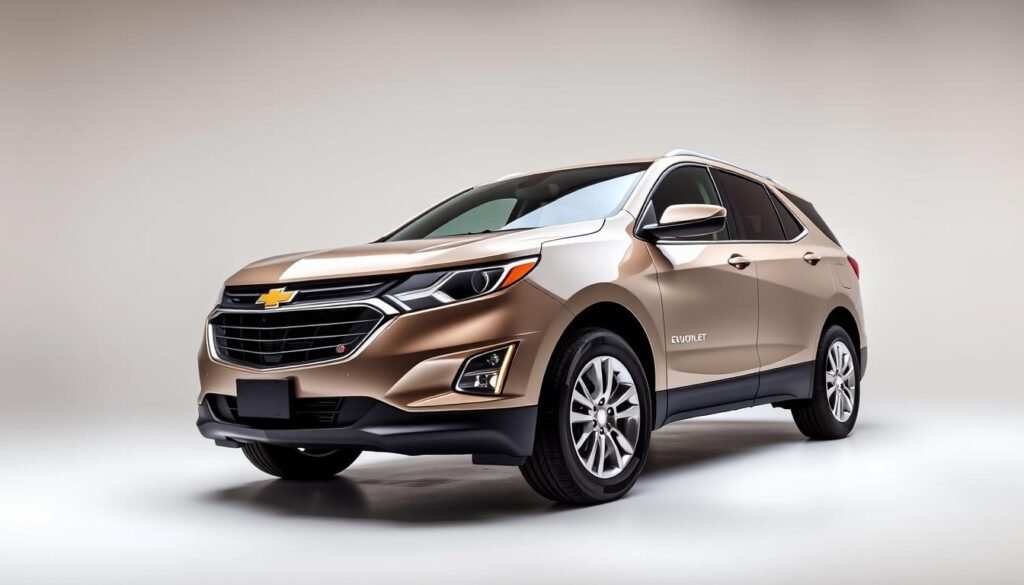
Choosing the Chevy Equinox means valuing comfort, safety, and the latest in technology. It’s designed to offer all you need for an enjoyable driving experience.
Common Issues with Chevy Equinox
The Chevy Equinox is known for several issues that buyers should be aware of. Model years like 2010, 2011, 2013, 2018, and 2019 have several problems.
Owners often report engine issues, high oil use, and transmission failures, especially in the 2011 Equinox.
Engine problems are common and affect many vehicles, though not all cars from these years will have issues. Still, getting a professional inspection is wise before buying.
However, not many buyers follow this advice. Websites with consumer feedback and car reviews offer insight into these cars’ reliability.
Repair costs can be high, so weigh these against the car’s value. With over 2,325 complaints in 16 years, buyers should be cautious.
The Chevrolet Equinox has an average reliability score of 3.5 out of 5. But, some owners face costly repairs soon after buying.
For example, many reported transmission failures before hitting 50,000 miles. One owner’s transmission broke down at 69,671 miles, costing $4,500 to fix.
There have been several major recalls over the years. In 2011, there was a recall for a parking lock lever issue.
The 2013 model was recalled for rusting ball joints, which could make driving dangerous. These problems highlight the need for buyers to research the Equinox’s reliability.

Chevy Equinox Years To Avoid
When looking to buy a used Chevy Equinox, it’s crucial to know which models to steer clear of.
Some have been linked to serious issues, like safety risks, engine problems, and expensive repairs. Knowing which years to avoid can help you make a better choice.
First Generation: 2005-2007
The early models from 2005 to 2007 have significant safety worries. They did poorly in crash tests for head and side impact protection.
Issues like passenger airbag not working right and heater problems are common. These issues are especially a concern for families.
With repair costs sometimes over $1,000, these cars are often not worth the trouble.
Second Generation: 2010-2017
The 2010-2013 models of the second generation are known for reliability issues. They’re among the Chevy Equinox models to avoid.
Common complaints include burning through oil too fast, which can ruin the engine if unchecked.
The 2011 model is especially bad, with reported engine stalling, and failed transmissions. Fixing these problems can cost thousands, often involving total transmission replacement before 50,000 miles.
These models also had to deal with high maintenance costs due to ongoing oil issues and safety recalls.
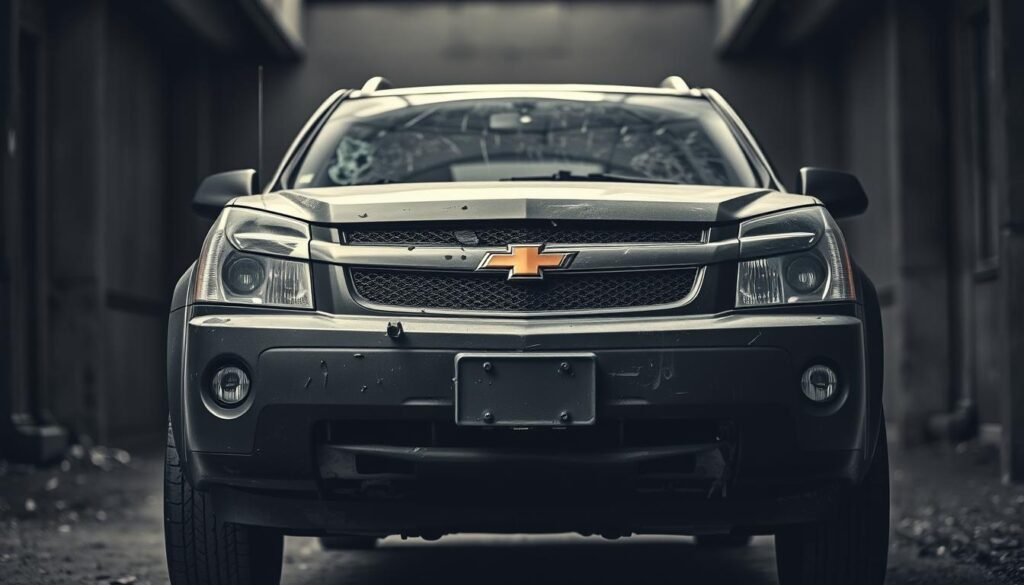
What is Chevy Equinox Reliability Concerns?
The Chevy Equinox’s reliability varies by generation. It’s generally solid, but some years have problems. For instance, models from 2010 to 2013 have faced mechanical issues.
These include too much oil use and engine troubles. From 2010 to 2013, second-generation models got lots of complaints.
Owners talked about the engine getting too hot, using too much oil, and transmission issues.
On the other hand, the 2019 Equinox got praised by Consumer Reports, scoring a reliability of 4.0.
Looking at third-party reliability ratings before buying can help. Sites like J.D. Power offer insights into the durability of various years.
The Equinox has low yearly upkeep costs, around $724. This makes it a cost-effective option among SUVs.
Knowing about common issues and past reliability scores is key when buying. This knowledge helps you pick the best Chevy Equinox generation for you.
Chevrolet Equinox Problematic Years
Looking into the Chevrolet Equinox’s troubled years can guide your buying decision. Some models have seen big problems, affecting how well they work.
Knowing these issues helps avoid big repair bills and improves your time with the car.
Analysis of Engine Issues
Models from 2010 to 2013 had noticeable engine issues. Owners mentioned their cars used too much oil, hinting at engine troubles.
The 2010 and 2011 models got the most complaints about engine issues and oil use.
Owners had to add oil more often, which could lead to engine damage and higher repair costs. These years are risky if you want a car you can rely on.
Transmission Problems and Their Impact
Transmission troubles are common in the Chevy Equinox, especially from 2010 to 2017. Owners talk about slow gear shifts and total transmission breakdowns.
These troubles usually start before hitting 60,000 miles, making owners worry about their car’s dependability.
Fixing the transmission can be costly, often more than $1,500. Knowing about these issues is crucial when looking at a used Equinox.
Best Practices For Buying a Used Chevy Equinox
When looking to buy a used Chevy Equinox, following best practices is key. It will make your buying process better and protect your investment.
Start with getting a full vehicle history report. It shows past accidents, service records, and recalls that might affect the car’s use.
Do a careful look-over for signs of problems, like oil leaks or transmission issues. Getting a trusted mechanic to check the car before you buy it is important.
This can find problems you might not see right away. Thinking about certified pre-owned models is smart. They are checked thoroughly to meet high standards.
Also, certified pre-owned Chevy cars usually have extended warranties. This covers big parts like the engine and transmission, giving you extra comfort.
By using these tips for buying a used car, you can make a smarter choice. This can lead to a great experience with your Chevy Equinox.
Keep in mind the car’s reliability and specific model issues for best results.
Conclusion
The Chevy Equinox is a popular compact SUV since its 2005 start. But, some years are better than others when it comes to reliability and how they perform.
Knowing which years to avoid, mainly in the first and second generations, can help you make better choices.
Looking at newer models, particularly from 2018 onward, means finding more reliable vehicles.
The years 2019, 2020, and 2021 stand out for their better gas mileage and fewer problems. These make great choices for buyers.
Doing detailed research and checking cars closely will help you enjoy your Chevy Equinox more.
By keeping these things in mind, you can choose wisely and steer clear of trouble.
Remember, knowing what you’re buying makes you a more confident buyer, especially in the crowded compact SUV field.
FAQs
Which Chevy Equinox model years should I avoid?
Stay away from the first generation (2005-2007) and second generation (2010-2013) Chevy Equinox. They have big reliability problems and issues like too much oil use and transmission troubles.
What are the common issues with Chevy Equinox models?
Many Chevy Equinox models from 2010 to 2017 struggle with using too much oil, engines that stall, and transmission failures.
How reliable is the Chevy Equinox?
The Chevy Equinox’s reliability is hit or miss. Models between 2010-2017 are known for having more mechanical problems, which makes them less reliable.
What are the notable defects in the Chevy Equinox?
The big problems mainly include too much oil consumption and troublesome transmissions in models from 2010-2017. These issues hurt the car’s dependability.
Is a used Chevy Equinox worth buying?
Buying a used Chevy Equinox can be a good deal. Look for models from the third generation (2018 and newer). They are usually more reliable and perform better than the older ones.
What should I consider before purchasing a used Chevy Equinox?
Before you buy, get a detailed vehicle history report. Check the car yourself for any problems. Also, have a mechanic you trust inspect it before you buy. This can help you avoid issues later.
How can I find the best Chevy Equinox model for my needs?
To pick the best model, check out reliability scores. Know the common problems of different years. Choose models with the latest safety and tech features to get a good value.

